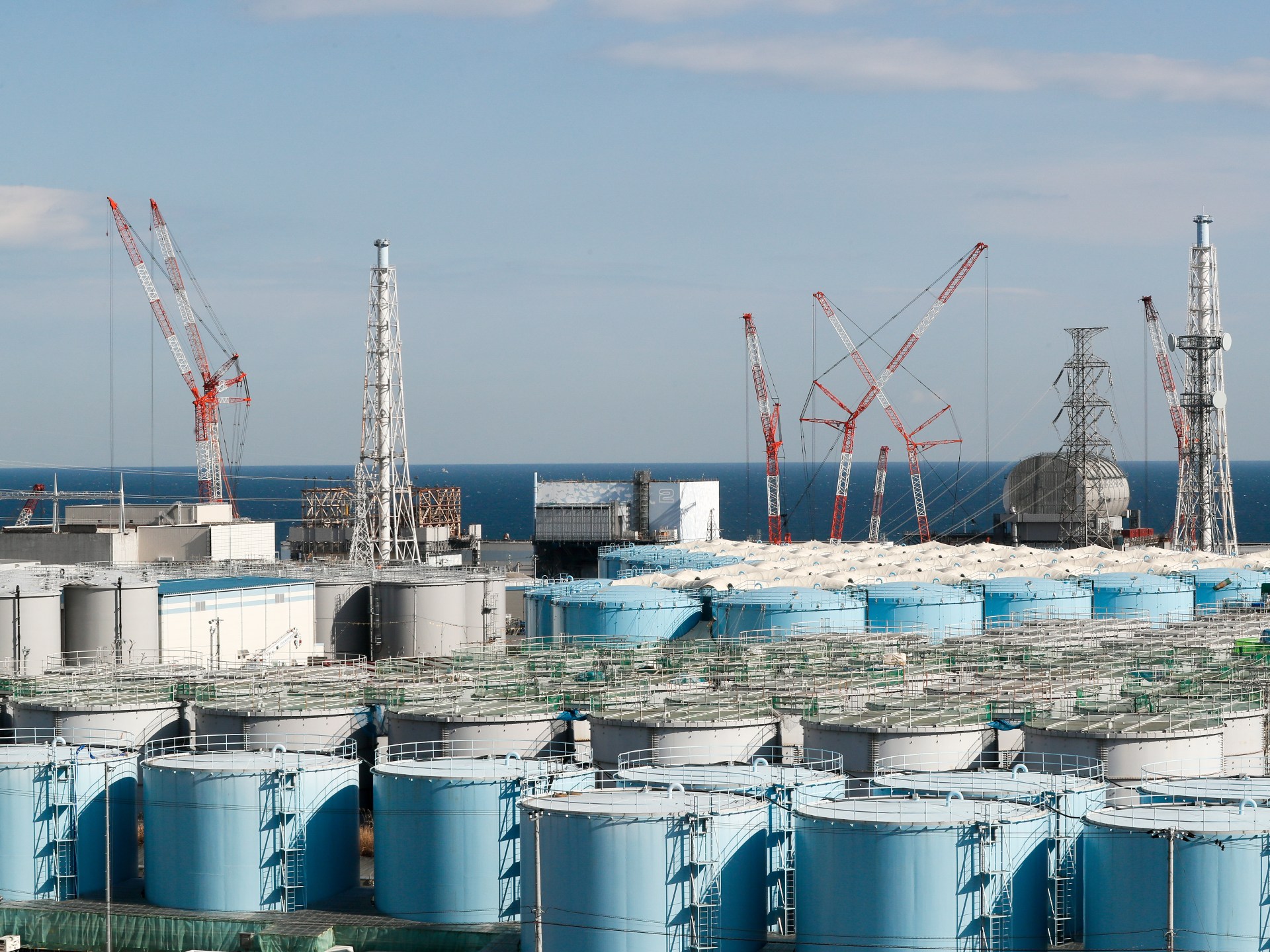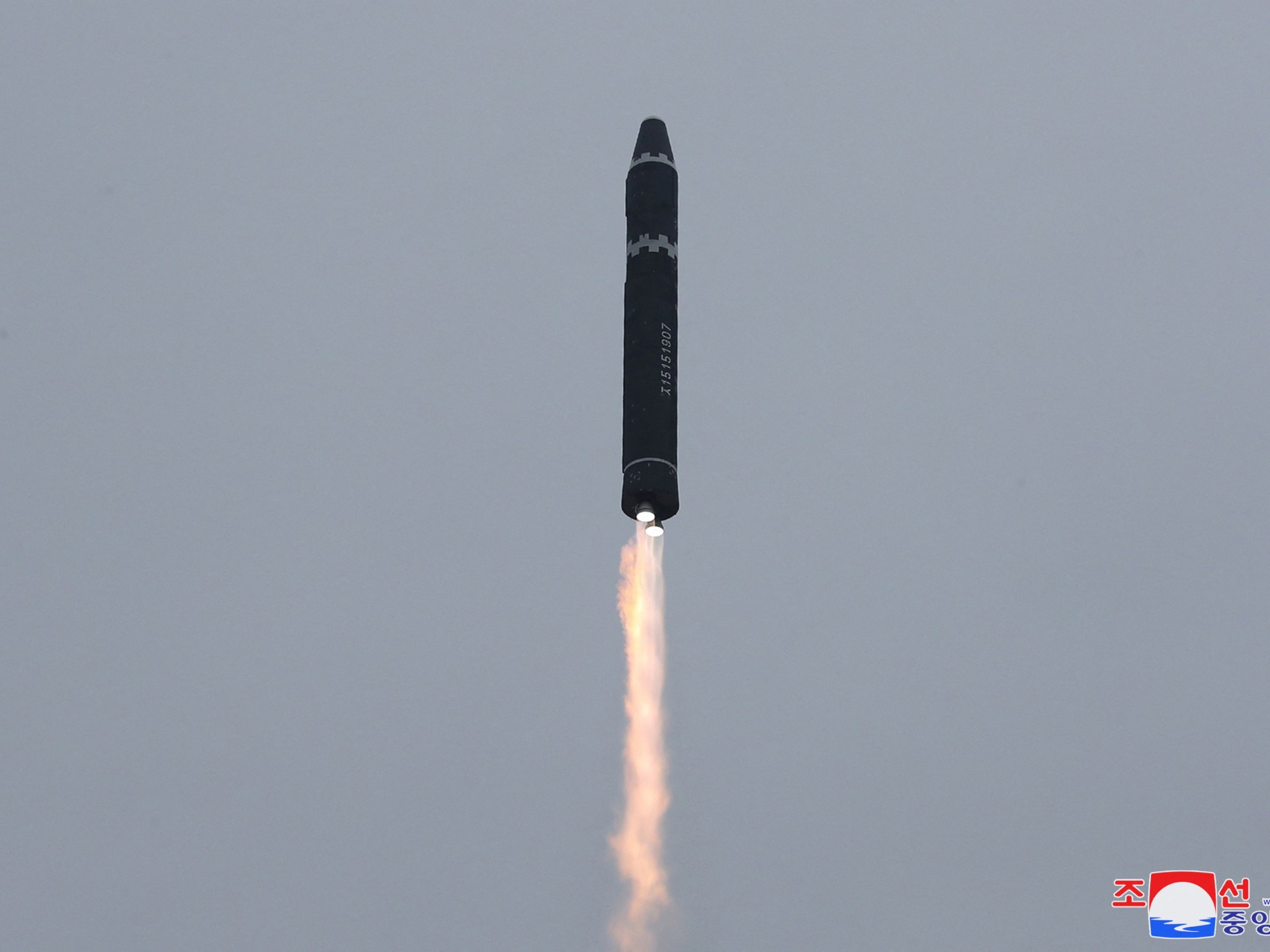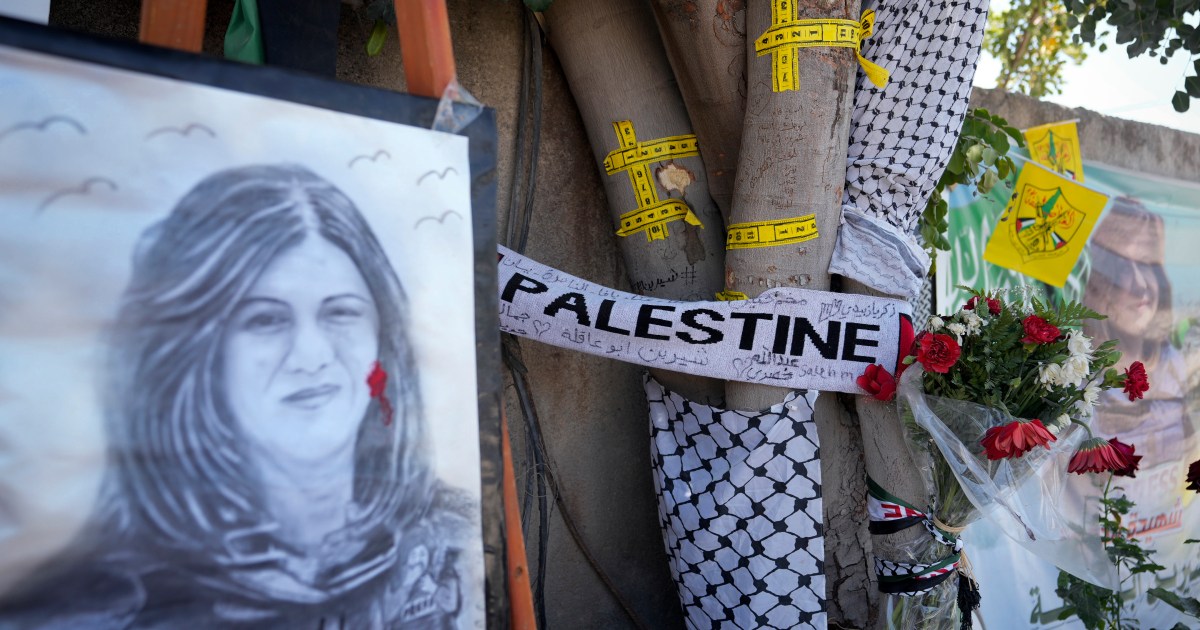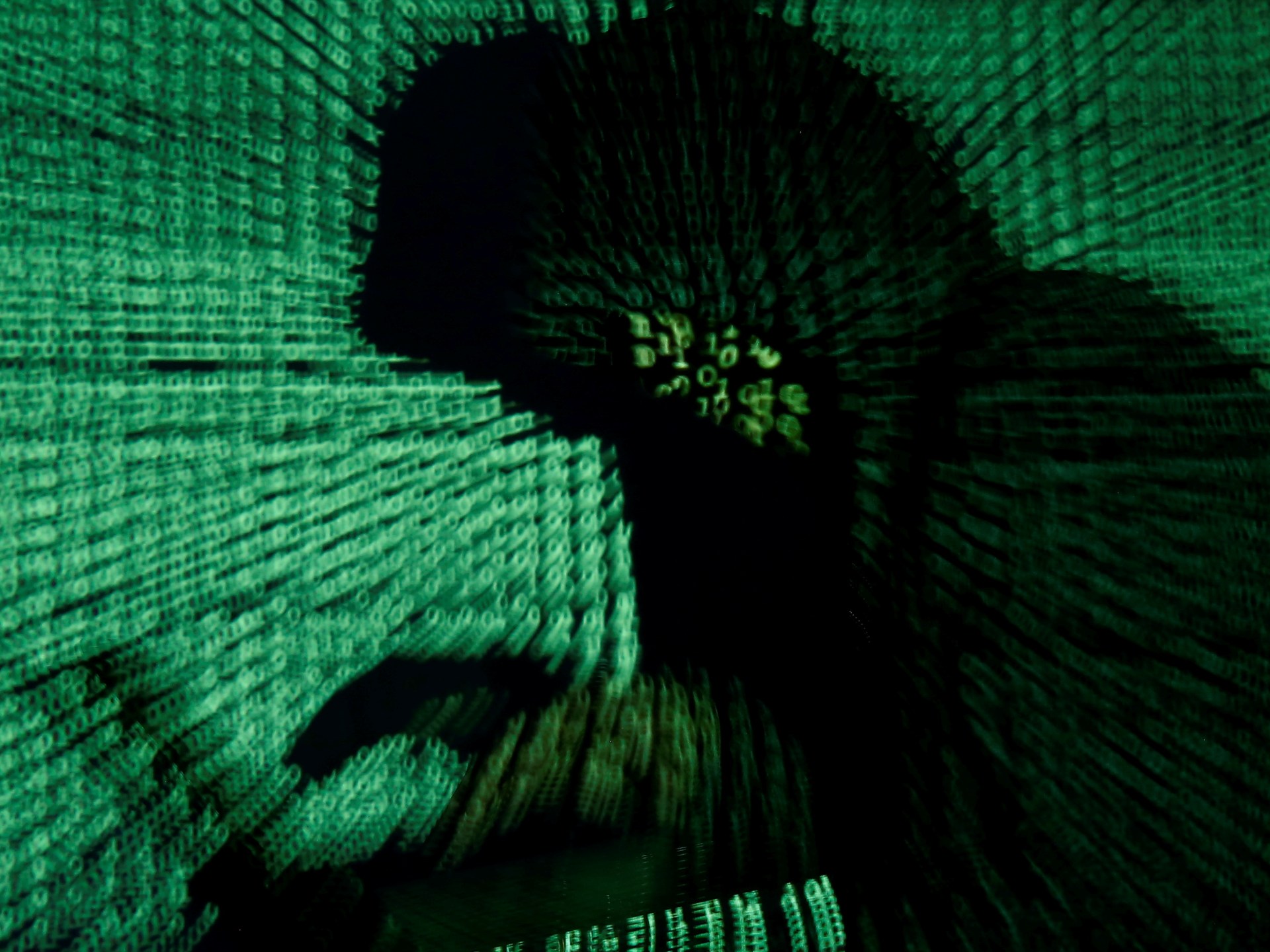Japan set to decide on Fukushima water discharge on Tuesday | News
Japan’s Prime Minister Fumio Kishida has said the government will decide on Tuesday when it will begin to discharge treated radioactive water from the Fukushima nuclear plant into the ocean.
Around 1.34 million tonnes of water, equivalent to more than 500 Olympic swimming pools, have accumulated since the Fukushima plant was knocked out by an earthquake and tsunami that killed 18,000 people in 2011.
Plant operator TEPCO says that with around 1,000 steel tanks now full, space has run out and that it wants to gradually start discharging the water into the Pacific via a one-kilometre (0.6-miles) underwater pipe.
Yasutoshi Nishimura, economy, trade and industry minister, told a news conference on Monday that ministers would meet on Tuesday to decide when to begin the release of the water.
“Relevant ministers will discuss and share information on what next steps should be taken, and based on these discussions, we would like to make a decision about the timing,” he said.
A TEPCO official said at a separate news conference that, once the government decision is taken, the release would begin “one to two days” later.
The government had said it planned to begin releasing the water this year.
The water has collected in the past 12 years from water used to cool three melted-down reactors, combined with groundwater and rain at the site in north-east Japan.
TEPCO says that it has been diluted and filtered to remove all radioactive substances except tritium, which is far below dangerous levels.
The plan has been endorsed by the United Nations atomic watchdog, which said in July it would have a “negligible radiological impact on people and the environment”.
“Tritium has been released [by nuclear power plants[ for decades with no evidential detrimental environmental or health effects,” Tony Hooker, nuclear expert from the University of Adelaide, told the AFP news agency.
Environmental group Greenpeace says, however, that the filtration process is flawed and that an “immense” quantity of radioactive material will be dispersed into the sea over the coming decades.
China has accused Japan of treating the ocean like a “sewer”.
China – Japan’s biggest market for seafood – has banned food shipments from 10 Japanese prefectures and imposed radiation checks on imports from elsewhere.
These time-consuming checks have already led to a 30-percent slump in Japanese seafood imports into China last month, Japanese and Chinese media reported, citing Chinese customs data.
Hong Kong, an important market for Japanese seafood exports, has also threatened restrictions.
Many in Japan’s fisheries industry worry therefore that the discharge will cause damage to the reputation of Japanese seafood abroad.
“Nothing about the water release is beneficial to us,” third-generation fisherman Haruo Ono, 71, whose brother was killed in 2011, told AFP in Shinchimachi, 60km (37 miles) north of the nuclear plant.
Prime Minister Kishida has promised a 30-billion-yen ($206m) fund to compensate local fishers for reputational damage.
He said on Monday after meeting Masanobu Sakamoto, head of the national fisheries co-operative, that the government has “made every possible preparation to ensure the safety, prevent reputational damage and help keep people’s livelihood afloat, and we have been offering explanations to that end”.
“I promise that we will take on the entire responsibility of ensuring the fishing industry can continue to make their living, even if that will take decades,” Kishida said.
Meanwhile, Nishimura said the government had won “a degree of understanding” from the fishing industry for the discharge of the treated radioactive water.
Japan has spent months trying to win over public opinion at home and abroad, with everything from livestreaming fish living in the treated water to efforts to counter online disinformation.
Public concern also remains high in South Korea but its government, which has sought to thaw ties with Japan, said its review of the plan found it in line with international standards.
The release of the treated water – a maximum of 500,000 litres per day, TEPCO says – is just one stage of the clean-up.
The far more dangerous task remains of removing radioactive debris and highly dangerous nuclear fuel from the three reactors that went into meltdown.




